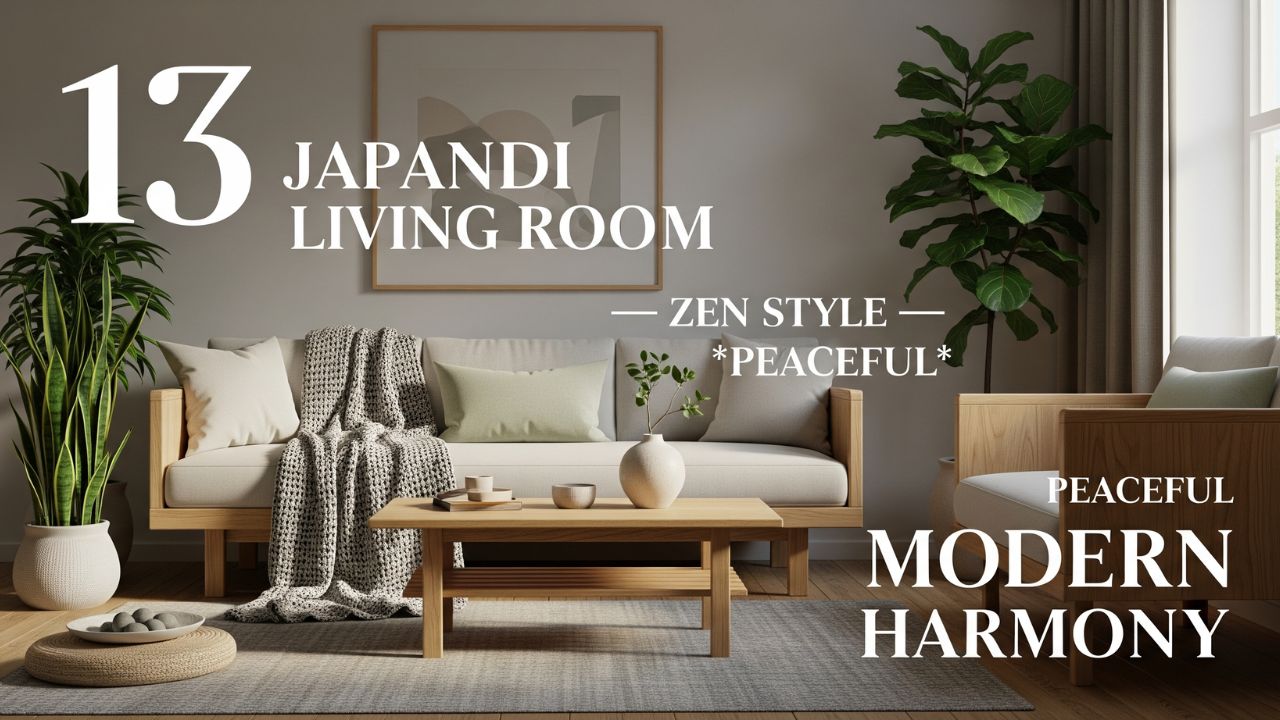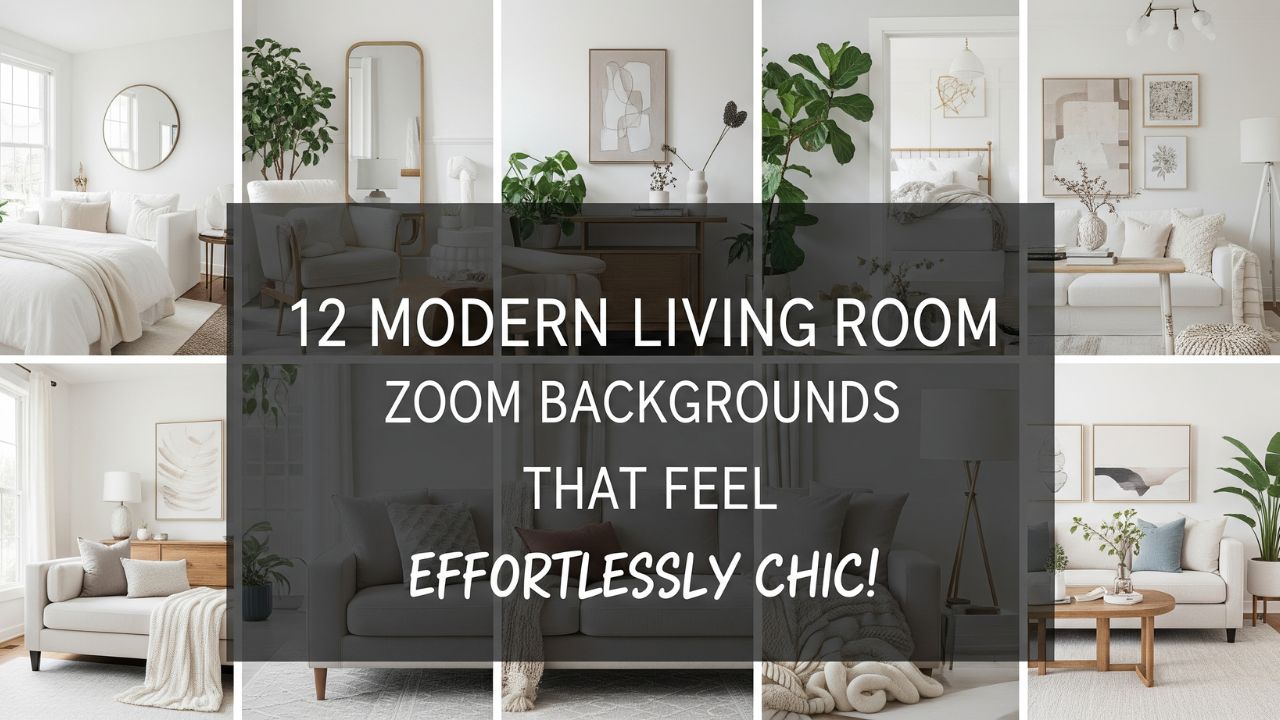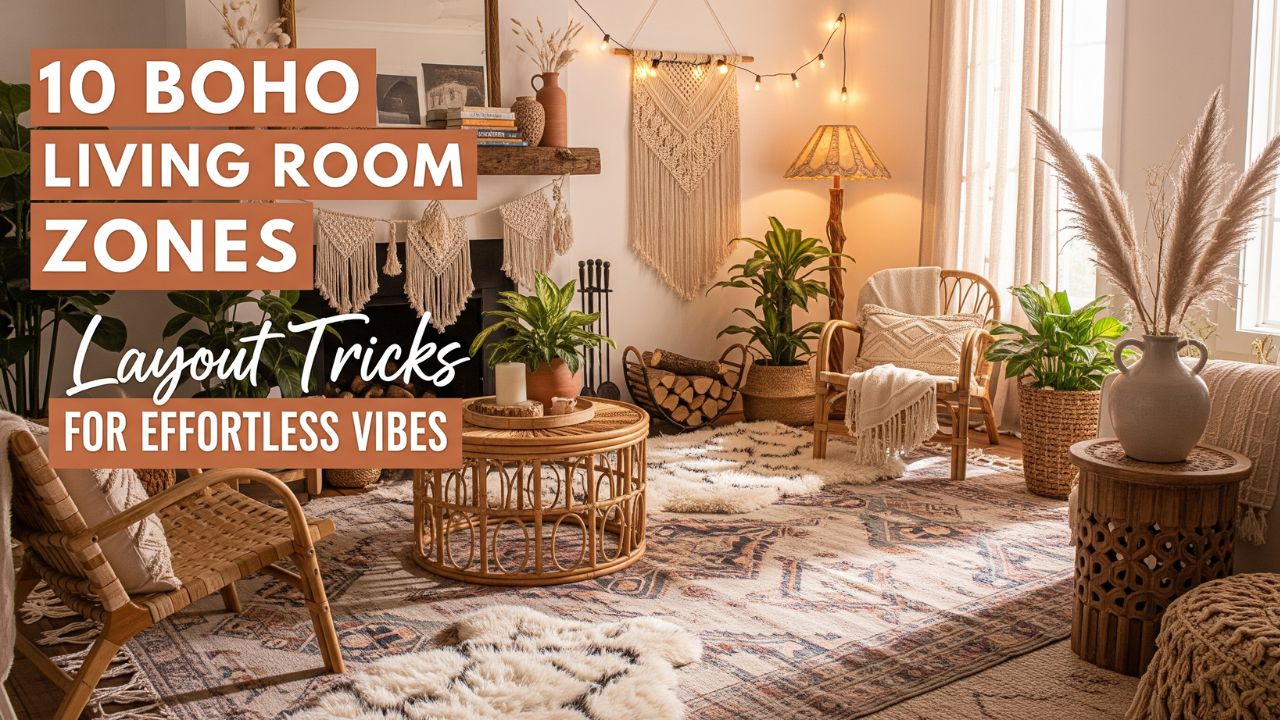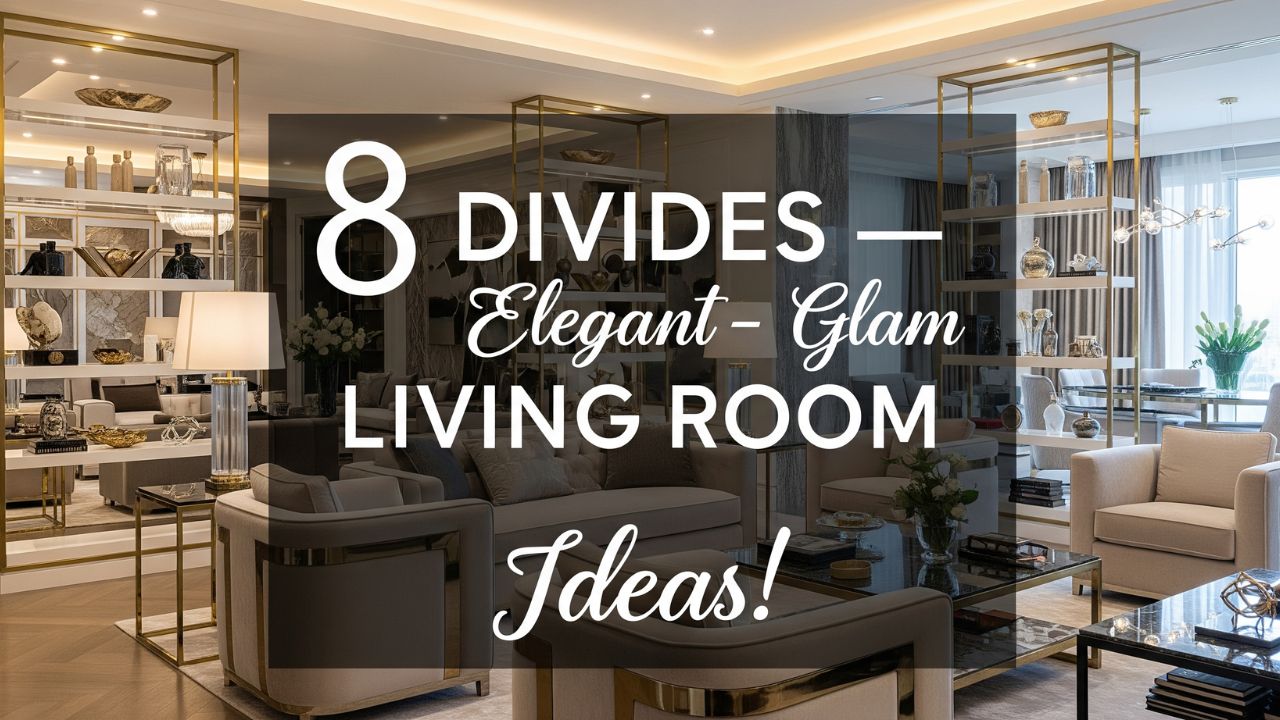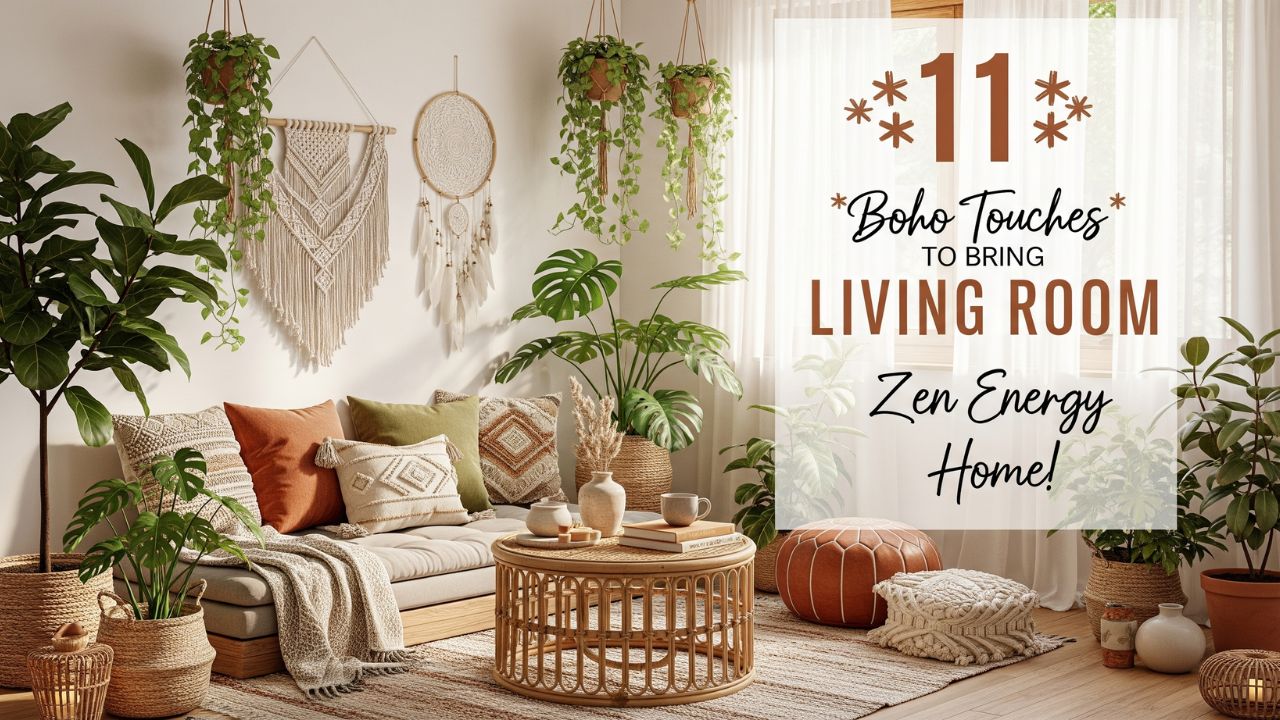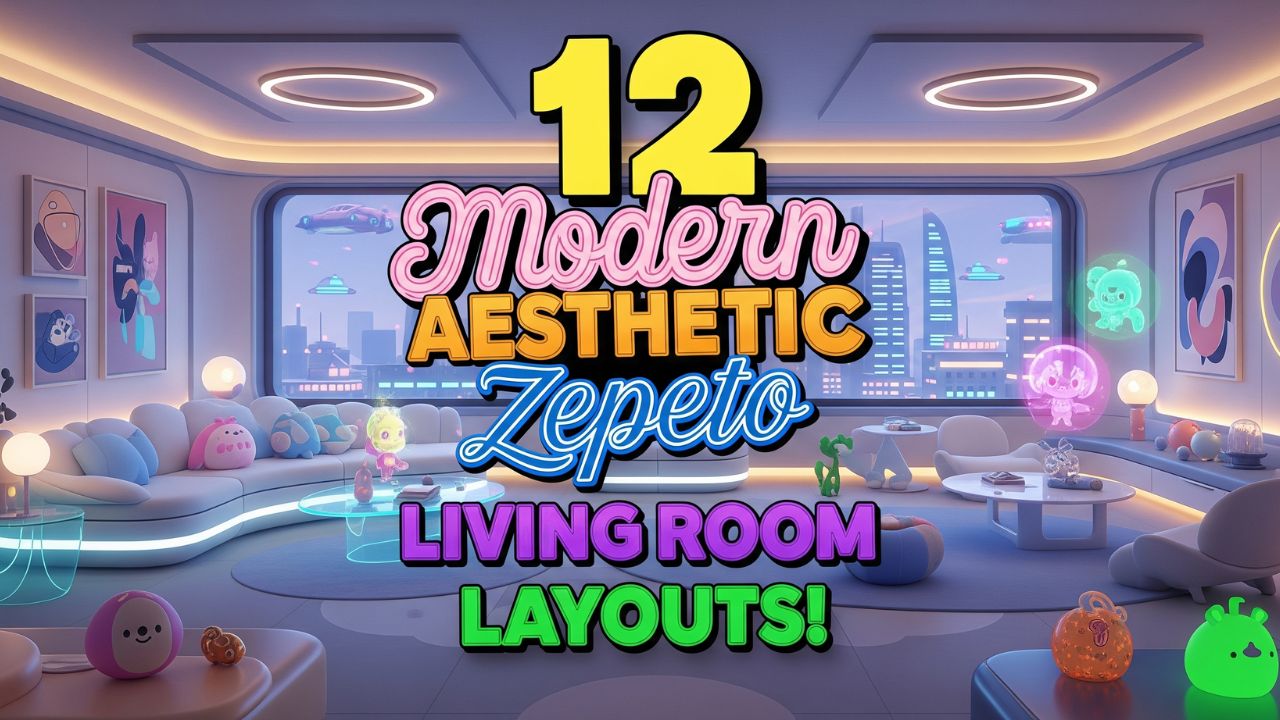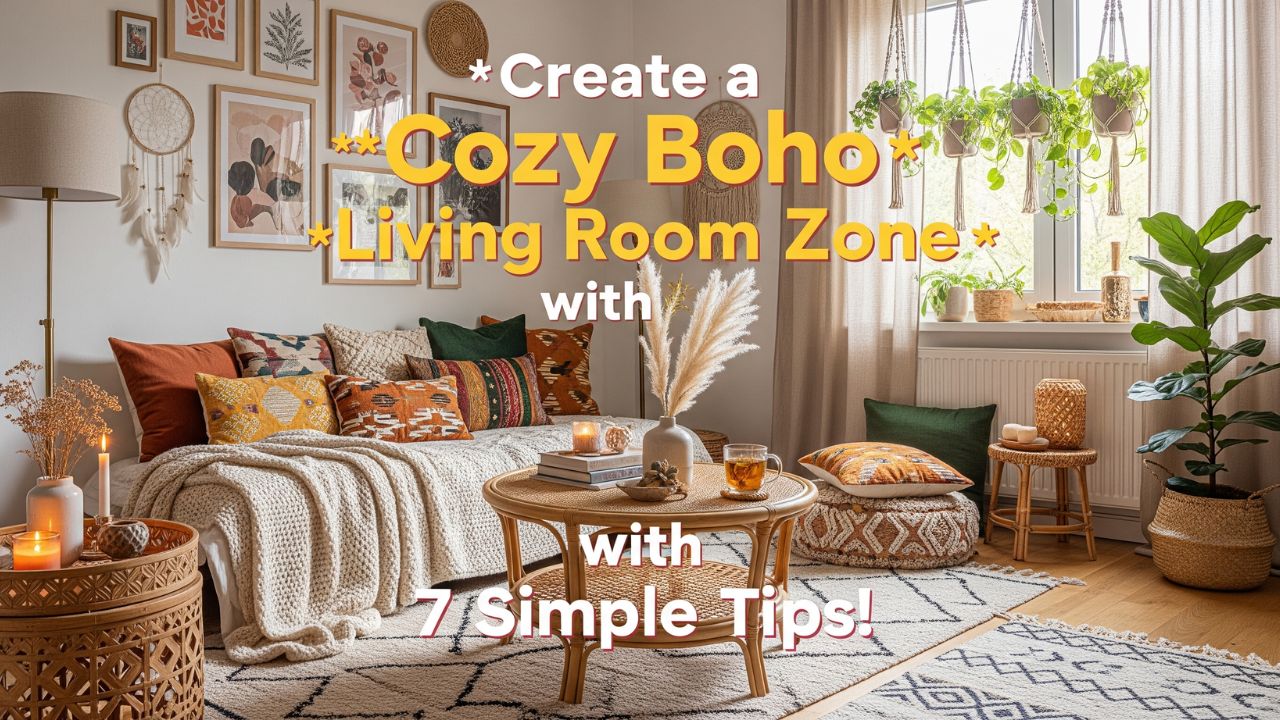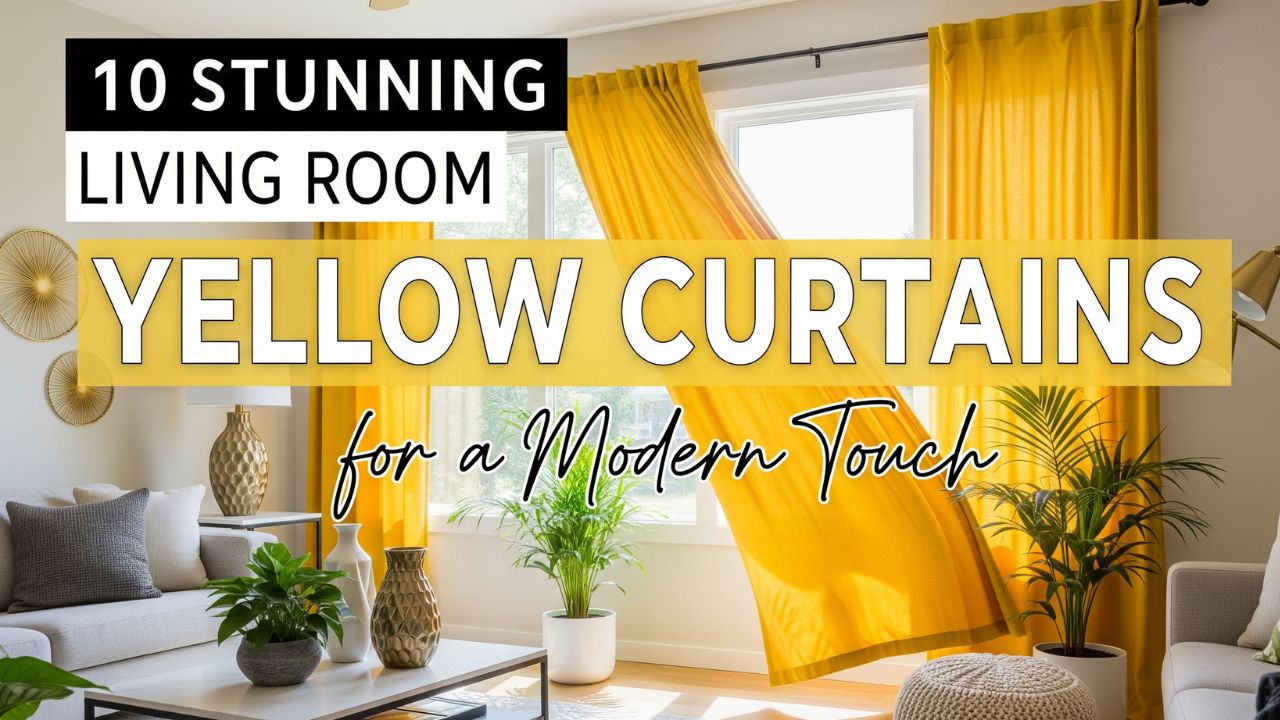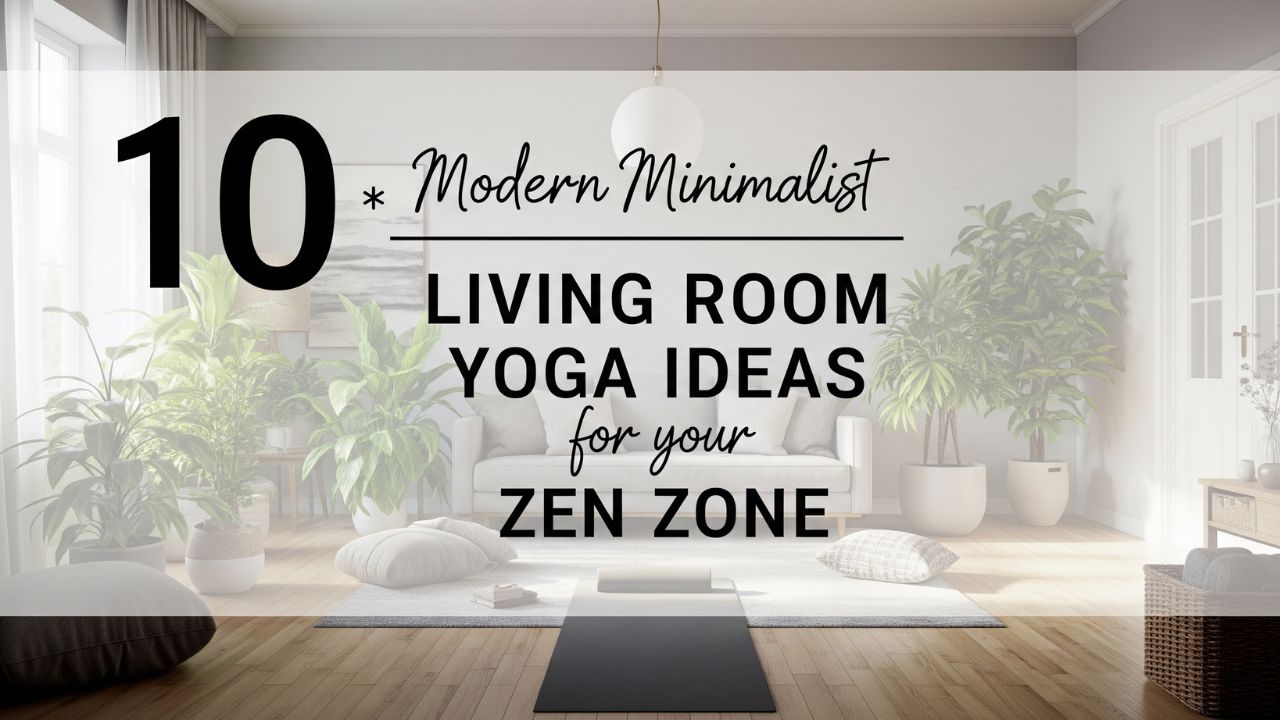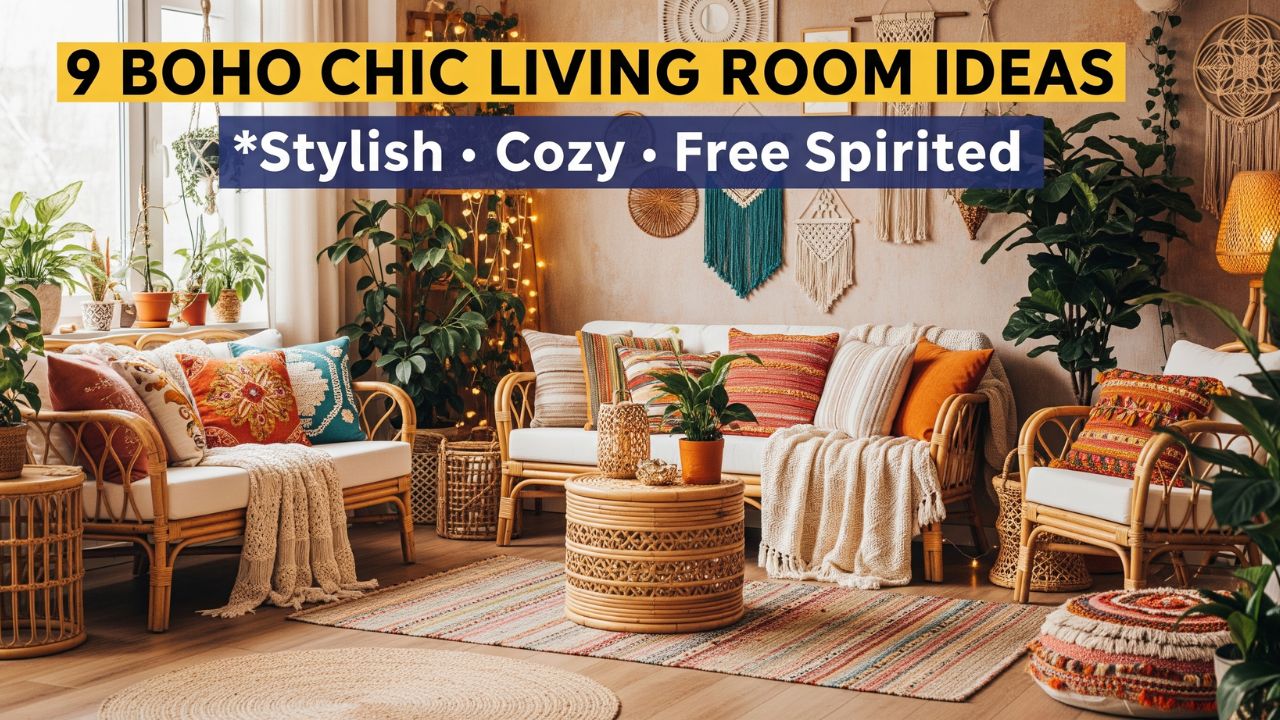Imagine stepping into your living room after a long day, drawing in the soft scent of a burning candle, wrapping yourself in a plush throw, and sinking into a space that feels like a gentle exhale.
That’s the heart of a truly serene living room—one that whispers “relax” and invites you to simply be.
In a world that often races ahead, the Danish concept of Hygge (pronounced “hoo-gah”) reminds us that our homes can be more than just functional. They can be comforting. They can be intentionally peaceful.
In this post—“7 Serene Living Room Wall Designs for a Hygge Home”—we’re going to explore how your walls can play a central role in crafting that cradle of calm.
From texture and colour to natural elements and artistic touches, each idea is designed to transform your space into a sanctuary. So pour a cup of something warm, settle in, and let’s reimagine your living room one wall at a time.
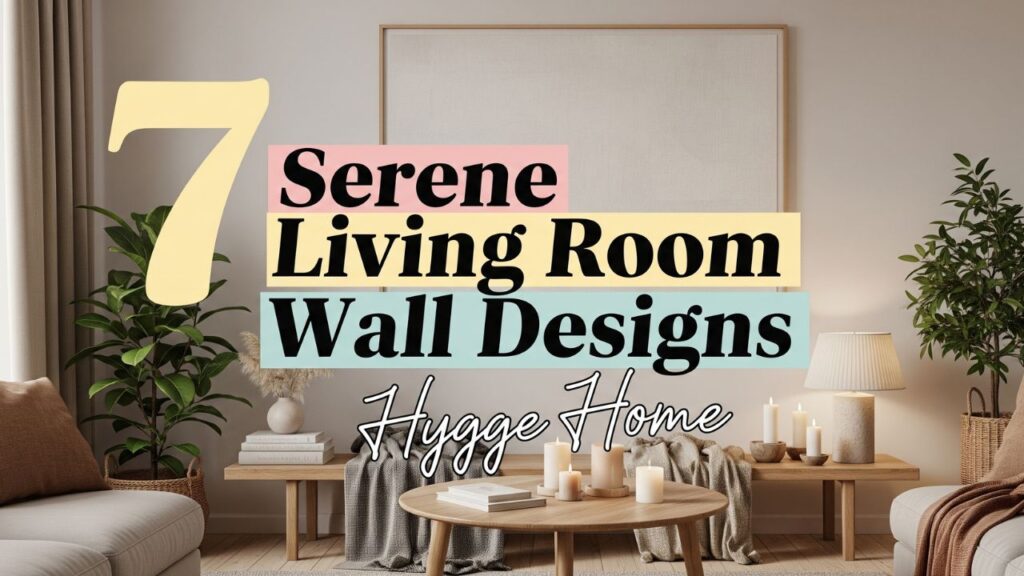
Table of Contents
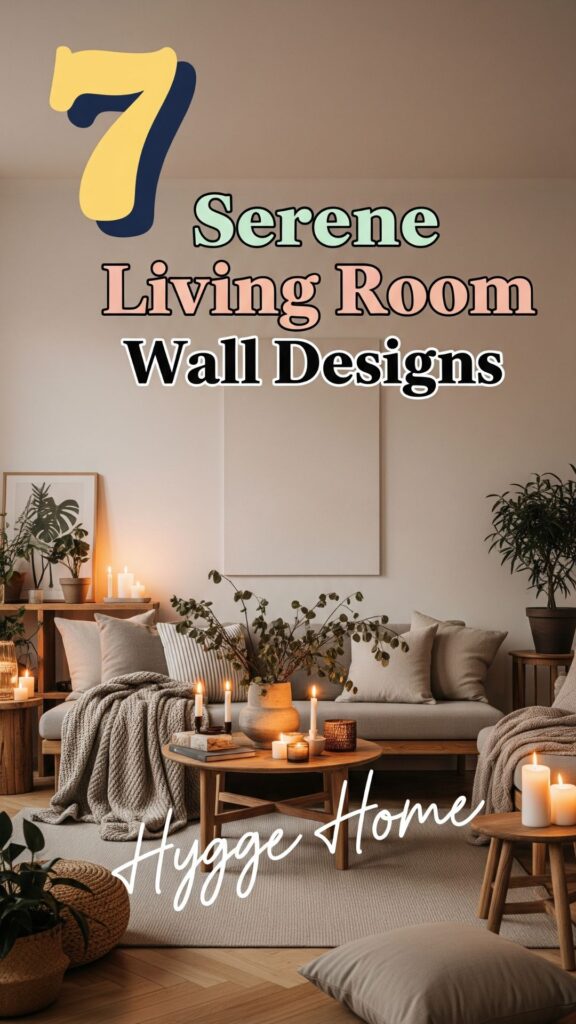
7 Serene Living Room Wall Designs
1. Soft Neutrals with Tonal Depth
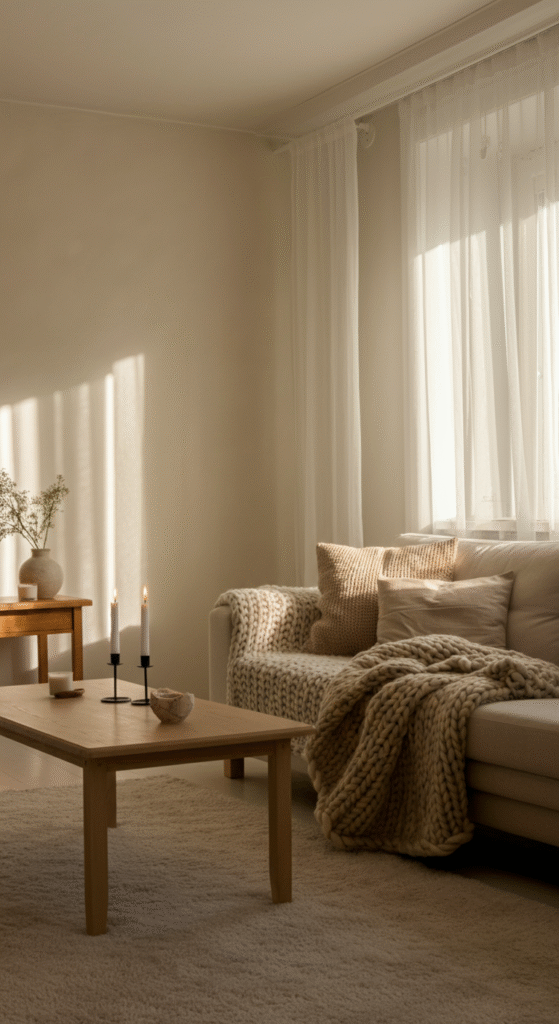
When creating a hygge-inspired living room, starting with the wall colour sets the tone. A neutral palette—think warm whites, gentle beiges, pale greys—lays a foundation of calm.
But here’s the twist: don’t let neutral mean bland. Tonal depth matters. Choose a base neutral and layer subtle variations—perhaps a slightly darker taupe for an accent wall, or a warm-grey with a hint of lavender. This adds richness without visual noise.
Do you know? In Scandinavian homes, neutral tones are intentionally used not to erase personality, but to frame it—so furnishings, textiles and lighting can shine.
How to apply it:
- Paint three walls in a soothing off-white and choose one wall (often the one behind the sofa) in a soft greige or muted clay tone.
- Avoid overly cool whites (high blue undertone) which can feel sterile; go for warm whites that reflect gentle light.
- Add moulding or board-and-batten painted the same colour as the wall to add texture while keeping tone consistent.
Why it matters: A wall in a restful neutral invites softness—so when you add tactile textures (throws, pillows, rugs), the space feels layered rather than flat.
2. The Natural-Material Feature Wall
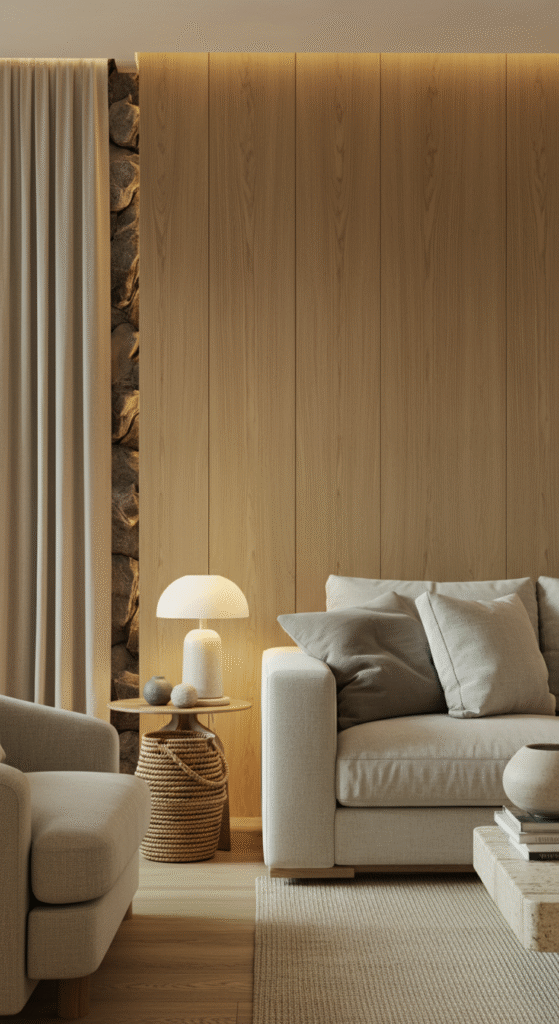
Rather than relying solely on colour, walls can embrace natural materials—wood panelling, reclaimed planks, stone veneer, even woven panels. These instantly add warmth and character, key to the hygge feel.
Interesting fact: The word hygge originates from the Old Norse hugr, meaning “mind, comfort, soul”. Using natural materials helps bridge our indoor environment with the outdoor world our ancestors inhabited.
How to apply it:
- Choose one wall (often a longer wall) and install horizontal wood planks in a light unfinished tone—think pale oak or ash.
- Inside the panelling, you might leave the wood raw or apply a white-wash to keep it airy.
- Alternatively, a stone or brick veneer in soft white or grey can anchor the space visually while keeping it grounded.
Why it matters: Natural materials bring tactile richness and visually evoke calm. They serve as a backdrop against which textures, lighting and textiles can come alive.
3. Subtle Colour Accent with Purpose
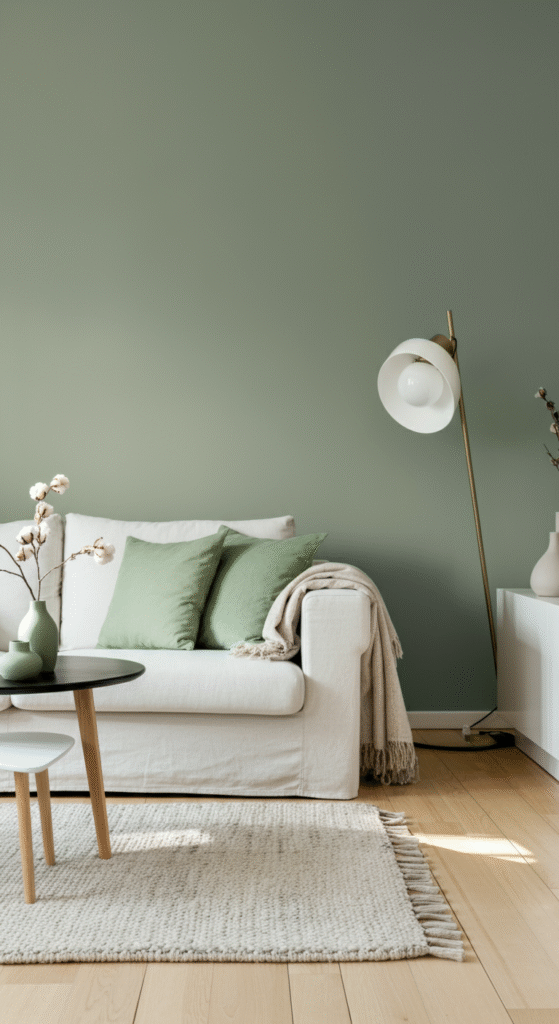
While neutrals dominate a hygge space, a purposeful accent colour can add personality without overwhelming. The key is subtlety and cohesion.
Myth-buster: You don’t need loud, bold colours to feel cosy. In fact, too-bright walls can disrupt the sense of sanctuary. Instead, think muted: dusty sage, soft terracotta, faded navy.
How to apply it:
- Pick one wall (or a framed section of wall) in a soft accent shade. Keep it matte, with minimal sheen to maintain softness.
- Anchor the accent wall behind a key piece of furniture (sofa, media console) so the colour feels intentional rather than scatter-shot.
- Coordinate accessories—pillows, vases, books—so the accent colour echoes subtly elsewhere.
Why it matters: This approach gives you an extra layer of visual interest and warmth, while staying in harmony with the calming aesthetic of a hygge room.
4. Curated Wall Art & Warm-Lighting Layers
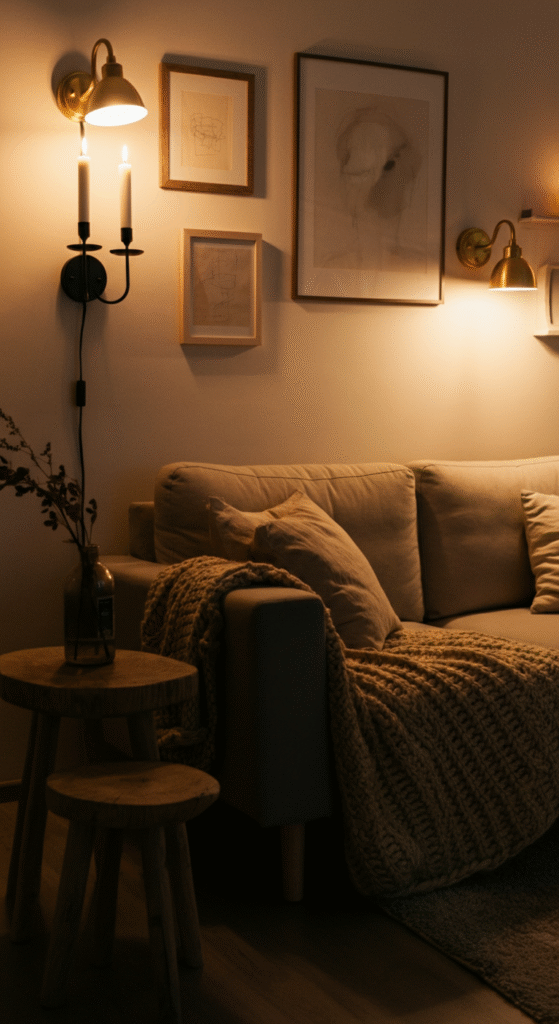
Walls shouldn’t just sit there—they should inform. Wall art, lighting and decor arranged thoughtfully can elevate a living room from pretty to comforting.
Fact: Lighting is one of the foundational elements of hygge. Soft, diffused lighting signals safety and calm to our nervous system.
How to apply it:
- Install a cluster of warm-tone picture lights or sconces above wall art rather than relying solely on overhead lighting.
- Choose wall art that reflects nature or texture—abstract landscapes, linen-mounted botanical prints, or minimalist line drawings.
- Create a gallery wall with meaningful pieces—photographs, collected art, souvenirs—with generous spacing to avoid clutter.
- Integrate wall-mounted shelving or a floating ledge to display candles, books, greenery or small sculptures.
Why it matters: Art and lighting on the walls enrich the atmosphere. They anchor your space and draw the eye in without creating chaos—perfect for a tranquil living room.
5. Vertical Texture: Layered Panels & Textiles
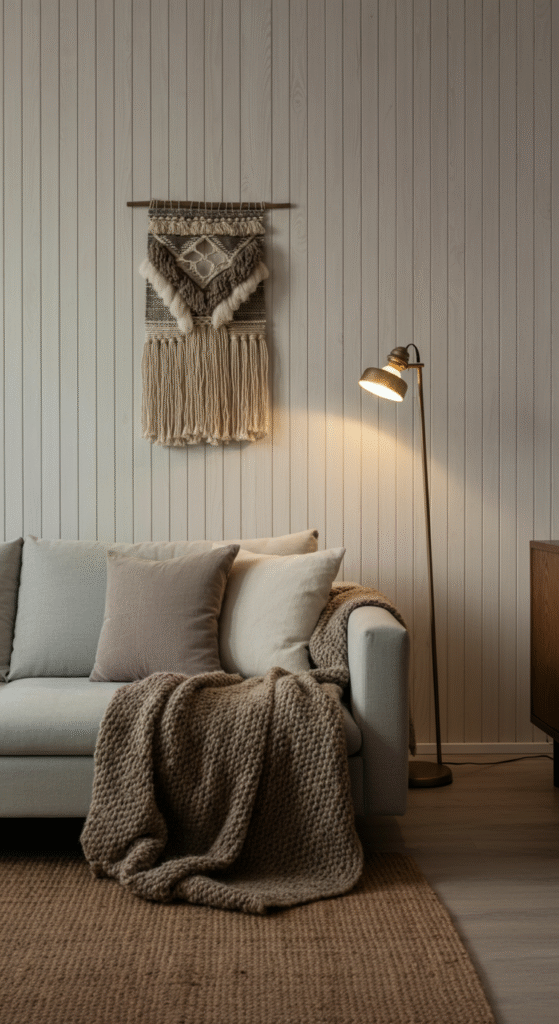
Texture is the unsung hero of comfort. While much emphasis goes to floor rugs, throws and cushions, don’t overlook the vertical surfaces—the walls. Layering texture on walls deepens the sense of calm.
Interesting fact: Many Scandinavian homes incorporate a “hyggekrog” (cozy nook) as a small corner with layered textiles, warm lighting and soft surfaces. The same layering principle can apply to walls.
How to apply it:
- Use fabric-covered acoustical panels or textile wall hangings behind seating areas.
- Incorporate board-and-batten or shiplap installed vertically/diagonally to catch light and shadow, giving subtle texture.
- Hang a large woven wall-hanging (jute, wool, rattan) on a feature wall as a piece of art that also contributes texture.
- Combine with ambient lighting to highlight the texture (e.g., a floor lamp casting a soft wash of light on a textured wall).
Why it matters: Texture draws you in. Surfaces that look and feel layered invite touch, slow your pace and enhance the feeling of sanctuary in a living room.
6. Greenery and Organic Accents on Walls
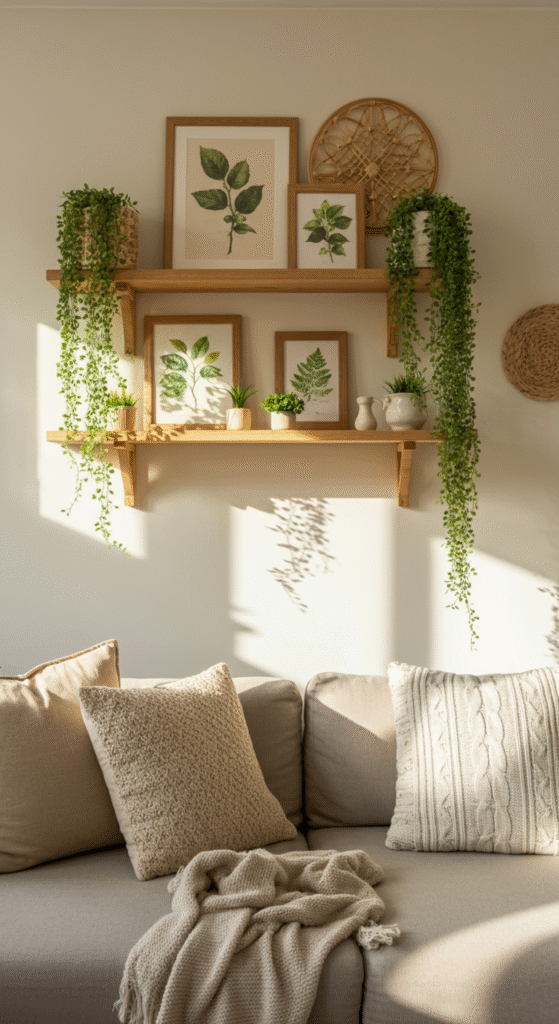
Nature plays a central role in creating calm. Incorporating plants and organic wall accents brings life and serenity to the space—and walls are a perfect place for this.
Do you know? The Danish design philosophy often involves “bringing the outside in”: natural wood, plants, stone—each element reflecting nature’s rhythm and grounding the space in a human-scale calm.
How to apply it:
- Mount a floating shelf high on a wall and place cascading plants (philodendron, pothos) to soften corners and add organic movement.
- Add a large framed pressed-leaf or botanical print as wall art, keeping colours soft and muted.
- Use a vertical plant wall or living panel (if space allows) with small planters integrated into a wall grid—ensure proper watering and drainage.
- Add branches, driftwood or natural-wood wall hooks to create an accent that’s both functional and decorative.
Why it matters: Greenery and organic accents bring a living dimension to the room. They remind us of natural rhythms, soften hard surfaces and invite calm. For a hygge home, this connection with nature is a quiet anchor.
7. Minimal Clutter, Smart Storage, Clean Wall Lines
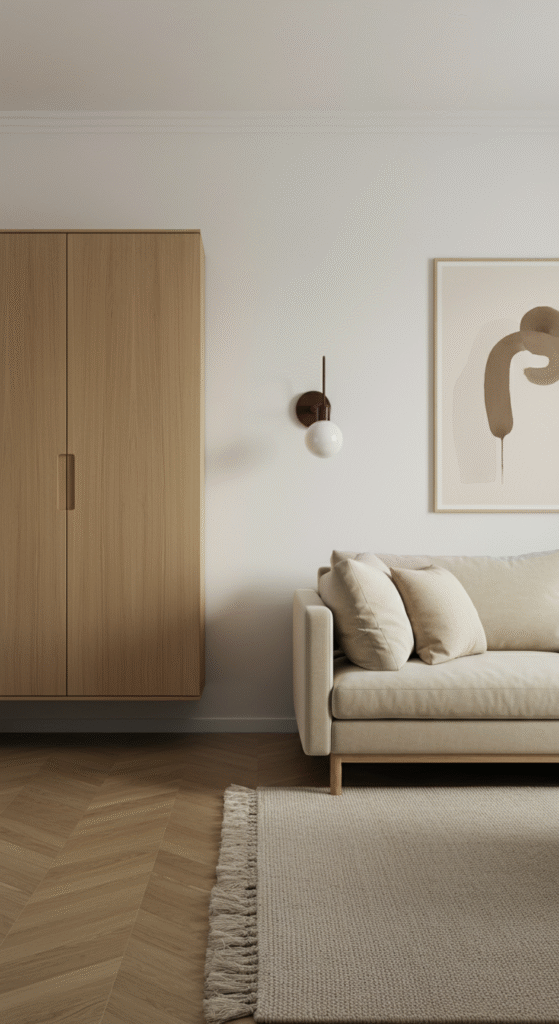
Finally, serenity thrives on simplicity. The walls of a hygge living room should feel restful, not busy. That means smart storage, restraint and careful editing.
Myth: Some believe a cozy room should be packed with soft furnishings and decorative items. In truth, too much visual clutter disrupts calm. The Danish concept of hygge emphasises shelter, presence and simplicity.
How to apply it:
- Install built-in or floating cabinetry along one wall to hide electronics, wires, books and general “stuff” so the space feels clean.
- Keep shelving minimal and displays curated: pick a few meaningful objects rather than filling every shelf.
- Use wall-mounted storage (e.g., slim cabinets) rather than floor-heavy units to keep sight-lines clear.
- Maintain a single accent wall or focal wall; avoid competing elements on every wall.
Why it matters: Walls that are too busy pull the eye and add mental noise. Clean lines, hidden storage and purposeful editing create a sanctuary where you can relax, unwind and connect—with yourself or company.
Conclusion
Your living room wall is more than a backdrop—it’s your canvas for calm. By thoughtfully choosing colour, texture, materials, lighting, greenery and storage, you can create a space that embodies the spirit of hygge: quiet, welcoming, enduring. Whether you adopt one of these wall-design ideas or layer several together, the magic lies in how your room makes you feel.
Take time, choose intentionally and keep the focus on comfort over trend. Because in the end, the most beautiful living room is the one that invites you to pause, breathe, and simply be.
Frequently Asked Questions (FAQs)
What colours work best for a hygge living room?
Warm neutrals like beige, greige, ivory, and soft taupe create a calm, inviting base. Muted tones such as sage or dusty rose can add gentle depth.
Can I add bold art to a hygge wall design?
Yes, but choose art with soft lines or earthy palettes. The goal is to express personality without overwhelming the peaceful vibe.
How do I make my walls feel cozy without cluttering them?
Use texture—like wooden panels, fabric hangings, or matte paint finishes—rather than too many decorations.
Is lighting really important in a hygge home?
Absolutely. Layered lighting (candles, sconces, lamps) creates a warm, soothing glow that enhances serenity.
Do plants fit into hygge decor?
Yes. Greenery adds life and natural calm. Choose low-maintenance plants that complement the room’s tones.
